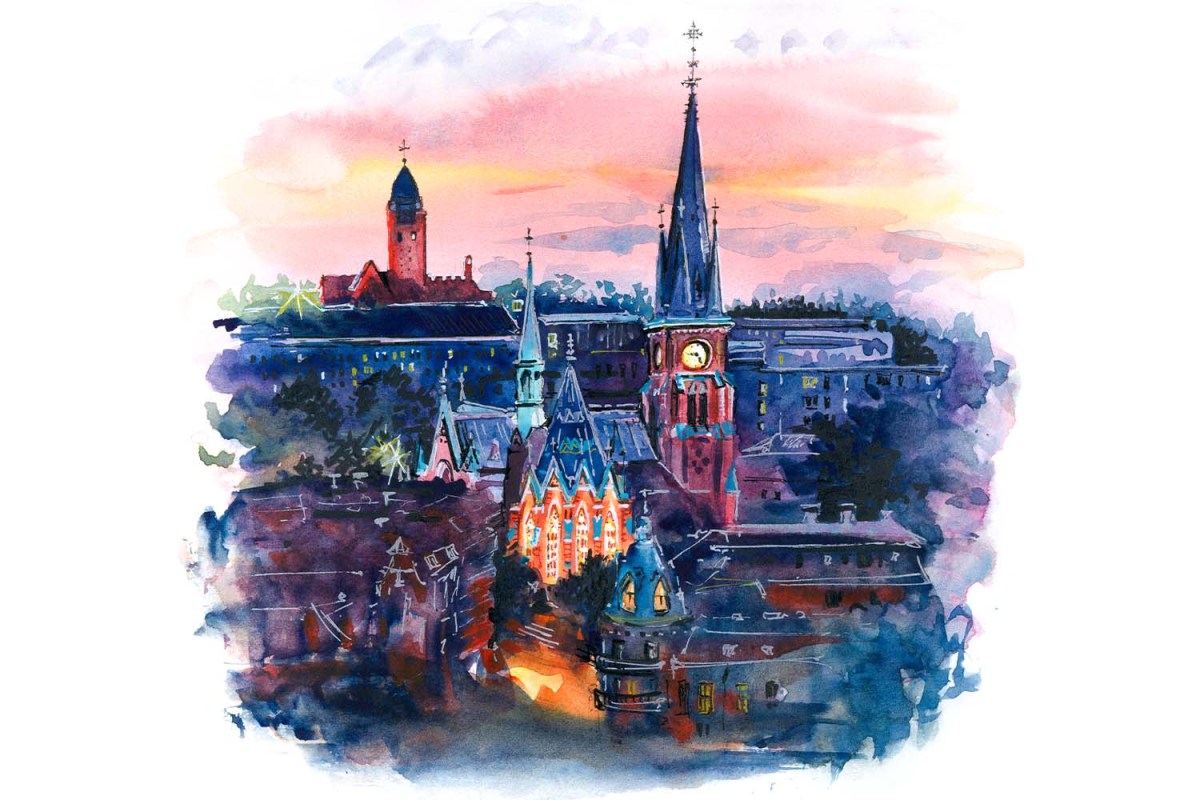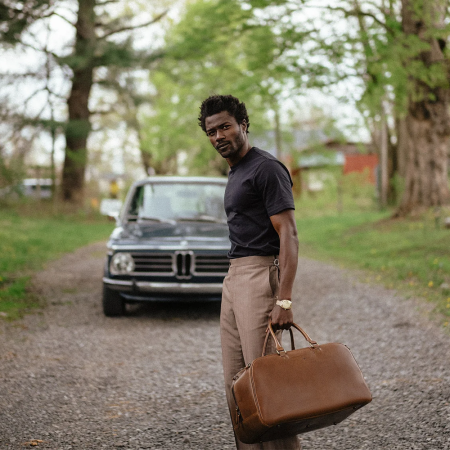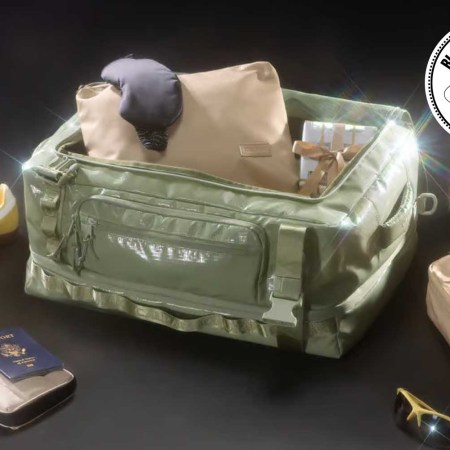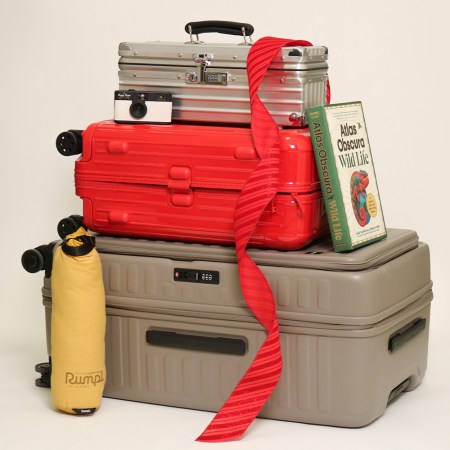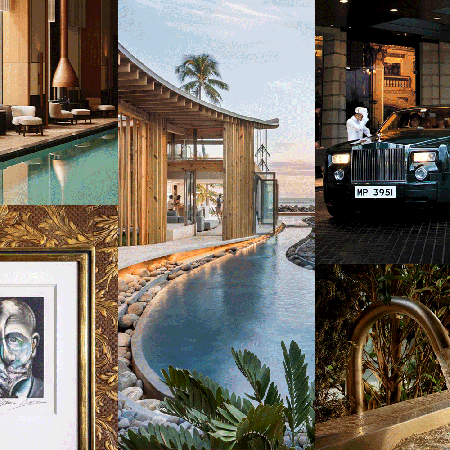Those with Europe on their getaway radar would be well served to place Gothenburg, Sweden, near the top of their list. Gothenburg, Stockholm’s brassy, sassy and classy west coast sister, punches well above its weight class with a burgeoning culinary scene, classic old-world European walkable neighborhoods and varied cultural touchstones. Visitors to this Scandinavian jewel also find the gateway to Sweden’s fabled western archipelago, where outdoor adventures offer commanding views.
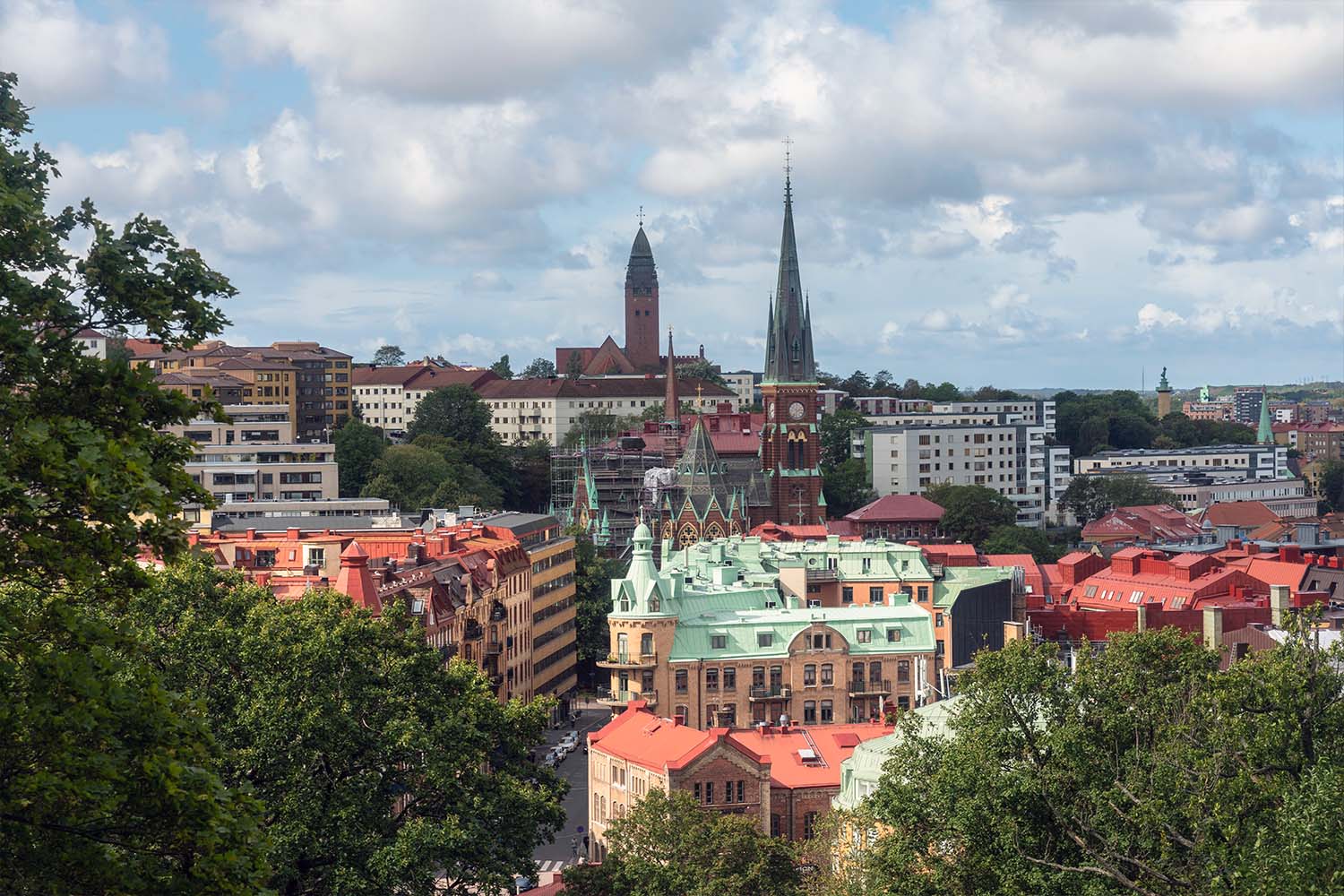
How to get there
It’s a quick trip across the pond from NYC where SAS (Scandinavian Airlines) recently made their inaugural flight from Newark Liberty International direct to Gothenburg. SAS flies this route with the brand-new Airbus A321LR, a long-range, narrow-body single-aisle aircraft. The airliner boasts enhanced fuel efficiency and up to an 18% reduction in carbon emissions over previous equipment generations. I flew SAS Plus, a class of service in-between Economy and Business, with wider seats, extended legroom, expedited check-in and access to SAS lounges. I liked the dedicated cabin space (there’s only 12 seats in a 3-row 2×2 configuration), large entertainment screen and extra luggage allowance.
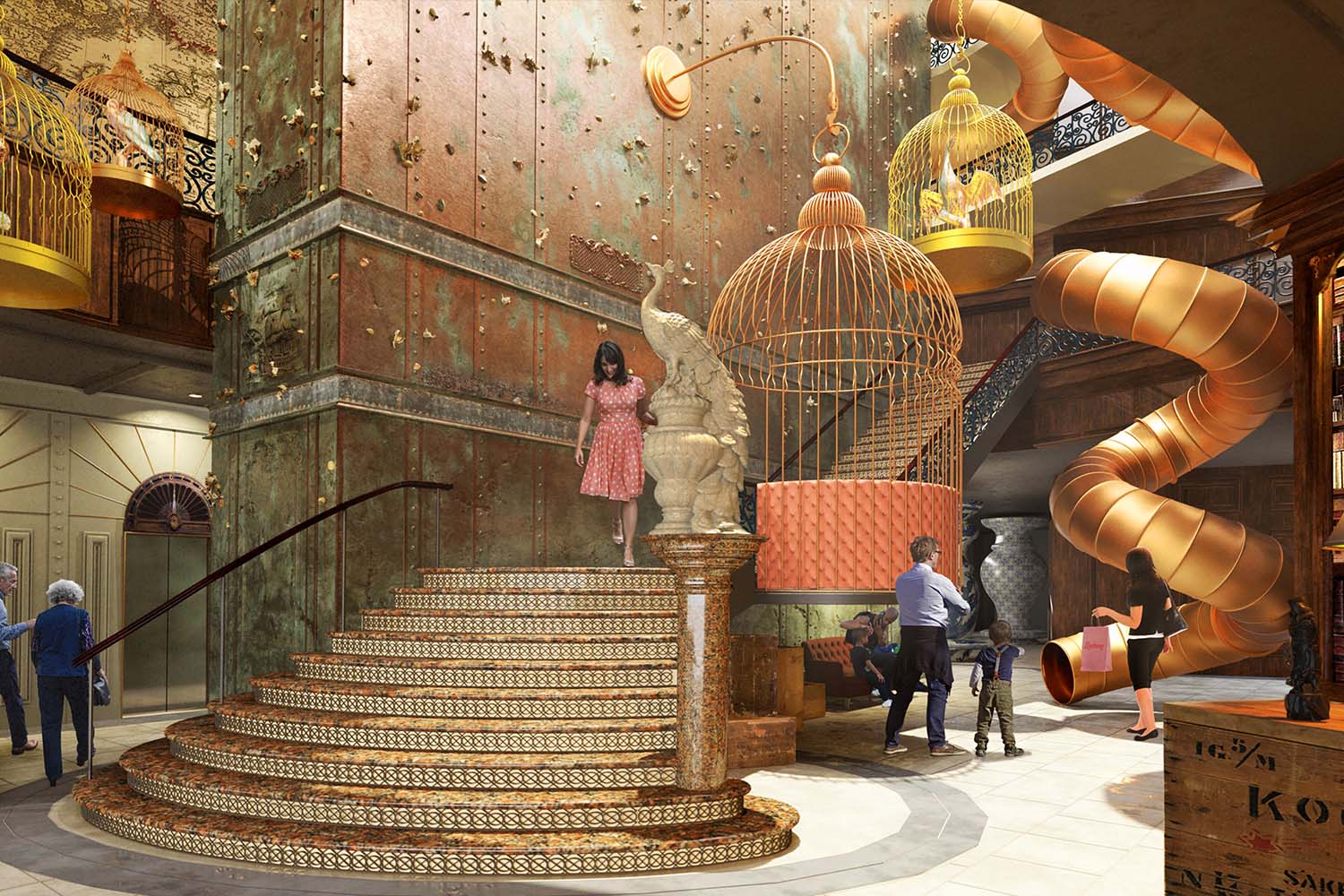
Stay options: A hotel within a hotel or a curiosity-filled fantasy world
Gothenburg is a compact city with a sophisticated level of public transportation (trams, buses and ferries) that put attractions, restaurants and accommodations within easy reach. Thirty minutes after arrival at Gothenburg Landvetter Airport, the airport FlyBus drops me only 50 meters from Gothia Towers, a showcase retail, event and hotel development in the heart of the city.
It’s a sleek, contemporary, brass-and-glass grouping of three connected towers, and it features whimsical public art, 1,200 hotel rooms, restaurants, art galleries and specialty shops, and is situated alongside the city’s exhibition and conference center.
Twenty-five floors above I find Upper House, a 5-star hotel within a hotel, home to just 53 rooms and voted the best hotel in Sweden by TripAdvisor. I’m greeted with kombucha served in a champagne flute, shown to my Scandinavian-minimalist-chic room and invited to check out the spa. They don’t have to ask twice.
Spas are a big deal in Sweden and part of the culture here. Three soaking pools await, including the outdoor glass-bottomed steam pool perched 20 stories off the side of the tower. I take the plunge — one of many this week — and soak off the jet lag. Grand breakfast buffets (pickled herring as far as the eye can see), heated bathroom tile floors, slick power adapters, a bar with a sky-high view overlooking the city and attentive service make UH a swell homebase to begin my Swedish journey.
Two days later I’m in the Grand Curiosa Hotel — a mash-up design evocative of Jules Verne, Agatha Christie and Wes Anderson. The fairy-tale themed destination, newly opened in April, is adjacent to and developed by the public/private company that operates Liseberg, Scandinavia’s most visited amusement park.
A two-story-high snaking golden slide dominates the lobby. Children race up the grand staircase where their selfie-taking parents capture the joy of their magical descent. The mouth of the slide is not far from a renovated 100-year-old Italian carousel. The hotel oozes fun, full of collectables and curiosities from the collection of the hotel’s mythical benefactors, Miss Agnes and her smuggler-turned-businessman husband, Herr Daler.
I marvel at the 12-foot-high forest of ginger jars at the reception desk and admire the outsized bell that summons a costumed bellhop to escort me to my room. We navigate a hallway lined with Balinese masks, faces contorted every which way, as eerie calliope music plays through unseen speakers.
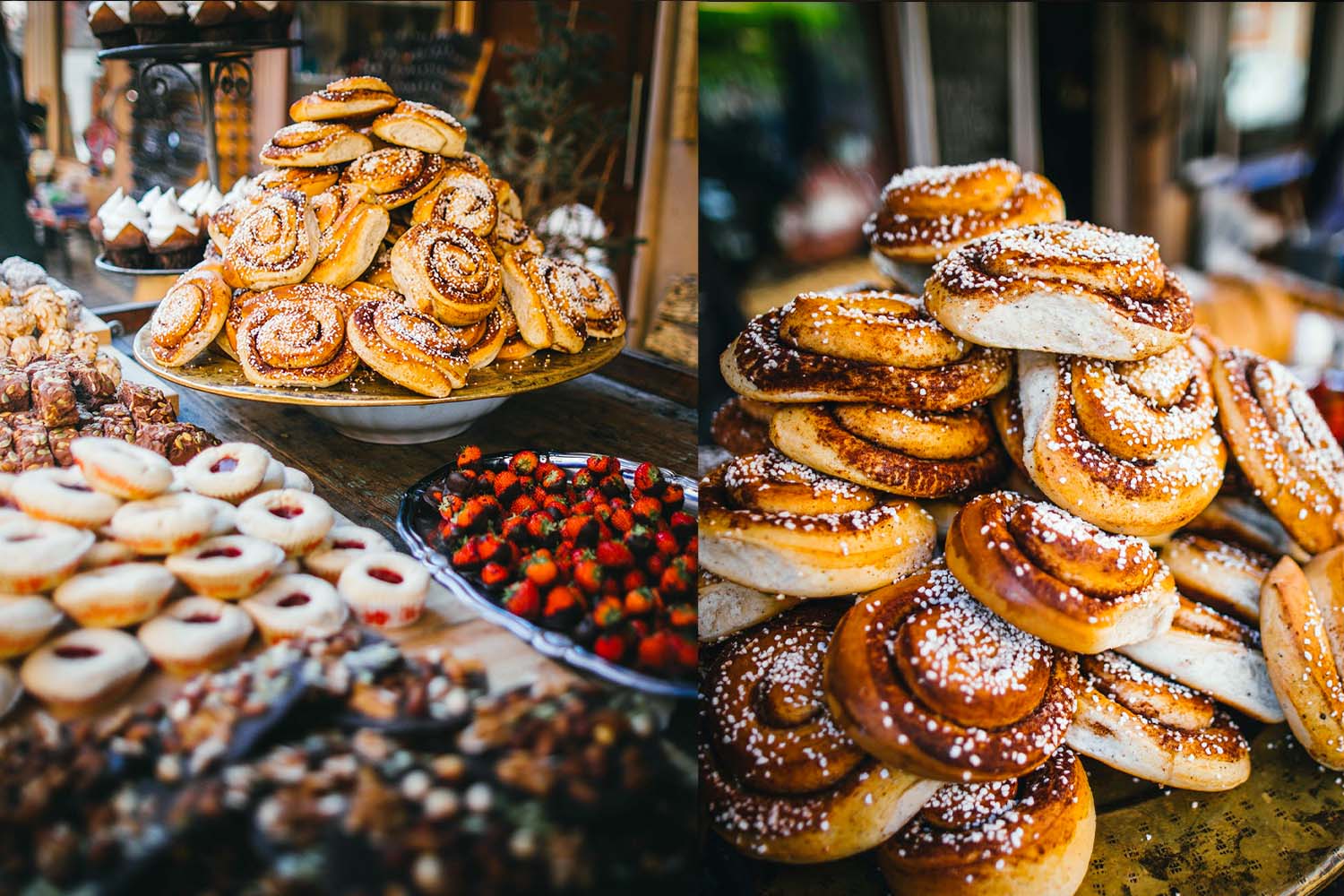
Fika culture
Swedes know how to chill, most evidenced by the culture of fika, the Swedish coffee break. Enjoyed mostly at mid-morning, fika serves as a quick break from the office, the daily grind, where coffee or tea is enjoyed with a not-too-sweet Swedish pastry. Both a noun and a verb, fika is “done” daily, usually with friends and preferably at one of the many small coffee houses or bakeries where al fresco fika is always an option.
My favorite pastries include cardamom buns (Kardemummabullar), almond tarts (Mazariner) and Swedish rhubarb cake (Rabarberkaka). At Da Matteo, I enjoyed a knockout cappuccino and cardamom buns fresh from their ovens. Find them in Gothenburg’s fashionable Magasinsgatan neighborhood where locals and tourists mix at small secondhand shops, indie-bookstores, music shops and bistros.
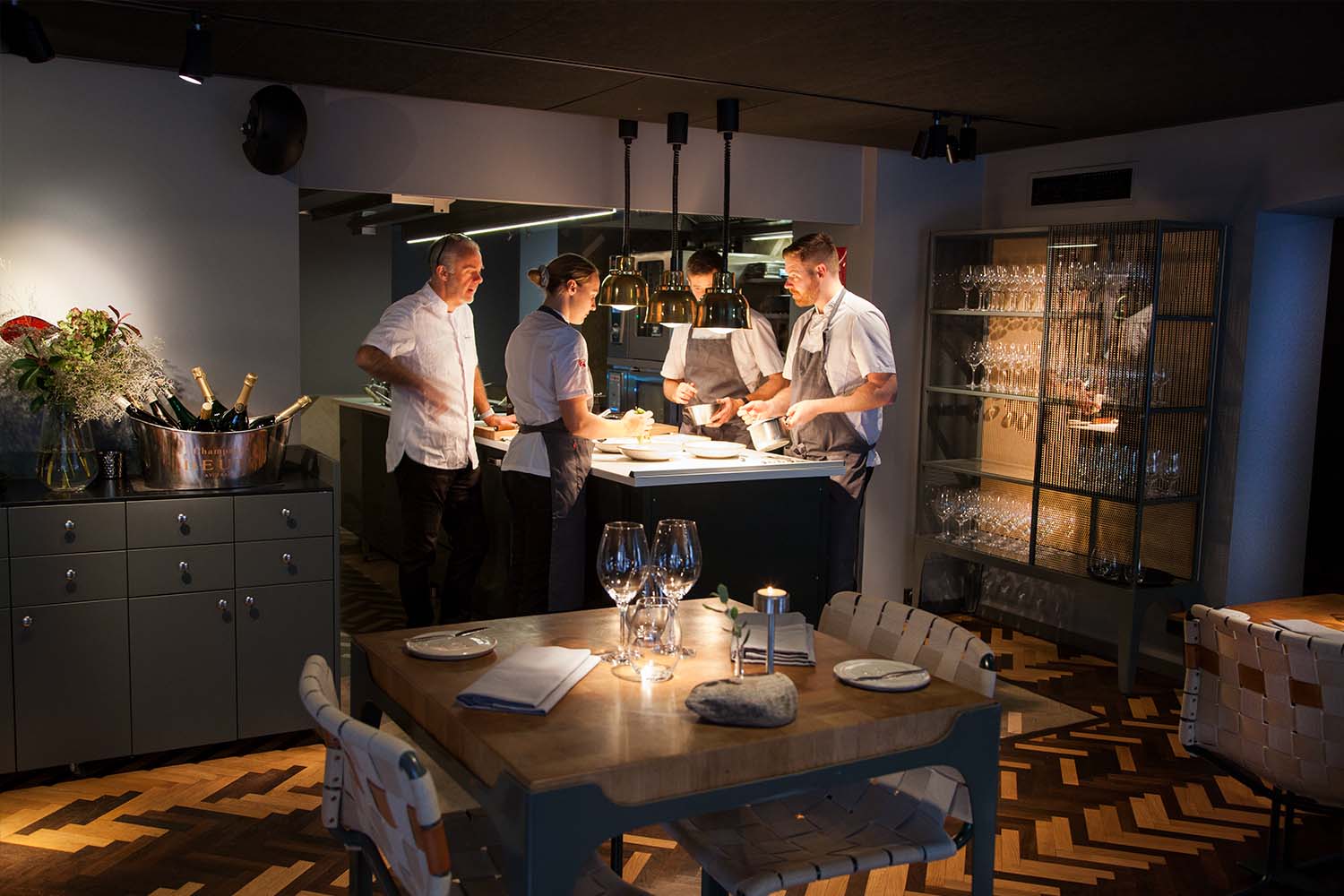
Dine like a Swede
Fiskbar 17 shares plaza space with Da Matteo and serves up just-harvested sea bounty in creative, minimalist presentations that put a Swedish spin on gastro-pub fare. The chalkboard menu features just three items when I stop for lunch: Sautéed cod, classic garlicky steamed mussels and, my choice, a Swedish Bouillabaisse. The hearty fish stew is pungent with garlic, saffron and carrots, loaded with sweet crab, mussels, cod and crayfish, and crowned with a dollop of creme fraiche. Served with a house baked crusty sourdough, the dish is a showstopper.
Serial restaurateur and award-winning chef Stefan Karlsson has a lock on Gothenburg’s elevated dining landscape with his Michelin starred SK MAT & MÄNNISKOR and four additional concepts including the Pan-Asian fusion hideaway, Toso.
With his signature restaurant SK MAT, Karlsson brings traditional Swedish flavors to a causal table with slow-paced tasting menus to enjoy alongside his open kitchen. Stars here include scallop with cucumber, kombu and crown dill, smoked arctic char with horseradish, quinoa, kohlrabi, raw juiced green apple and dill, and a white asparagus bathed in hollandaise sauce and kissed with trout roe.
At Toso, Asian bar snacks (maki rolls, dumplings, bao buns) are playfully interpreted with an atypical Swedish approach. Sake, crisp Swedish lagers (go for a Pripps Blå) and fun cocktails are nice compliments to the parade of small bites.
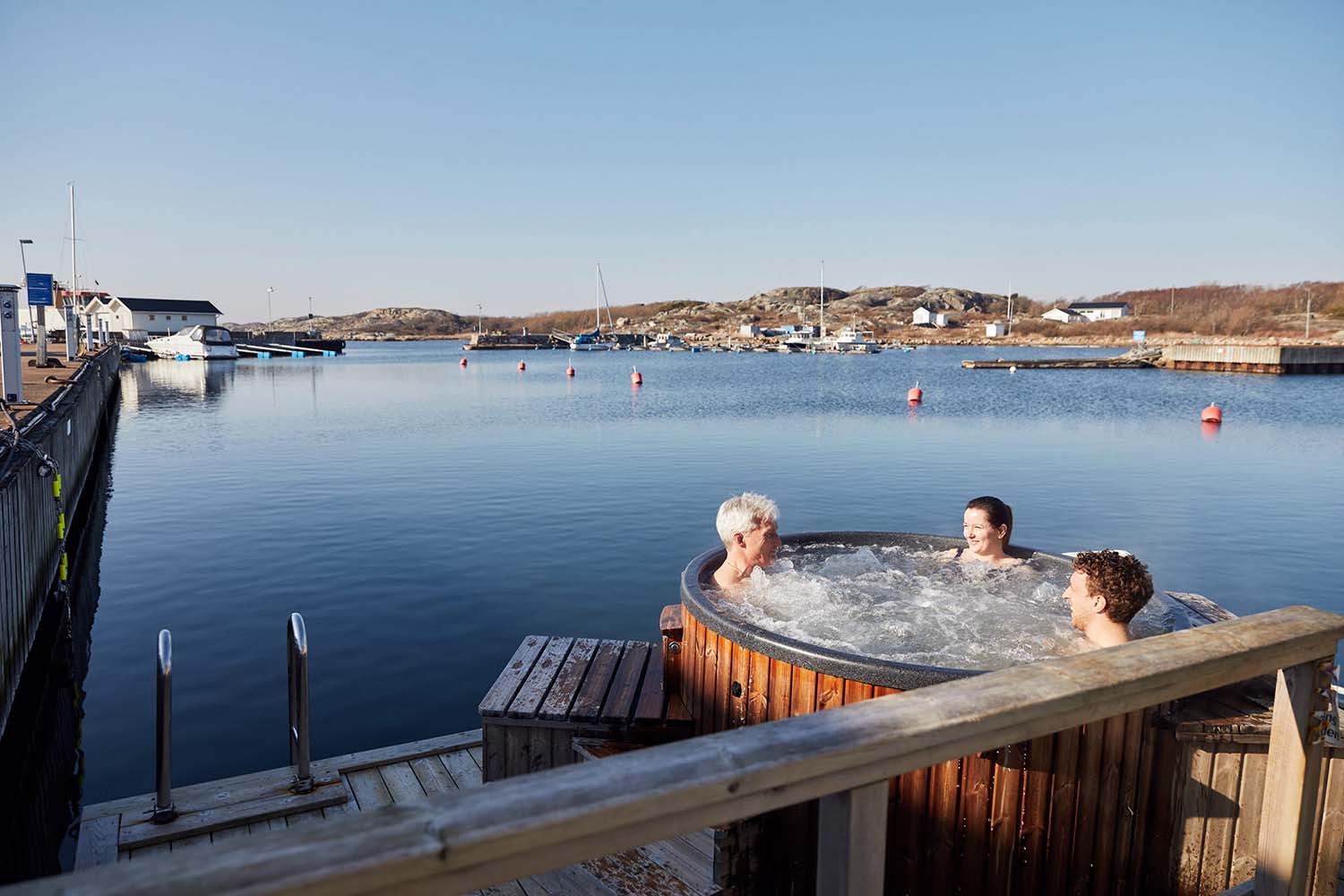
Vrångö
Almost daily I’m told “västkusten bästkusten — the west coast is the best coast” by my hosts. This is in part due to the easy access to Sweden’s western archipelago, a group of 20 or so mostly rocky islands that run north and south along Gothenbrurg’s western shores.
Vrångö, one of the most popular of the Väderöarna (Weather) Islands, is just a 30-minute ferry ride away and worthy of a visit. The island’s 400 residents — many descendants of fishermen, sea farers and sea pilots — enjoy a car-free, relaxed approach to daily living. Vrångö calls to visitors with scenic kayaking, miles of rugged hiking trails, simply prepared fresh seafood, crisp sea air, and a trip to a sauna followed by a cold plunge in the icy waters.
I stayed at Kajkanten, a tiny, 12-room boathouse lodging overlooking the harbor. Owner Hakan Karlsten, a former Swedish Olympic team wrestler and master storyteller, collects me at the ferry in a golf cart and we head straight for check-in and then to his nearby floating sauna.
After fika I’m ready for what I came for — sauna, plunge (8 degrees Celsius), repeat. My circulation now surging like a torrid river, I’m off to lunch at Hamnkrogen Lotsen, where the day’s catch of crayfish, mussels and shrimp star on the plate. It’s so good that I grab a take-away Fiskboa (fish box of prepared seafood) for the evening meal back at the boathouse.
This article was featured in the InsideHook newsletter. Sign up now.
